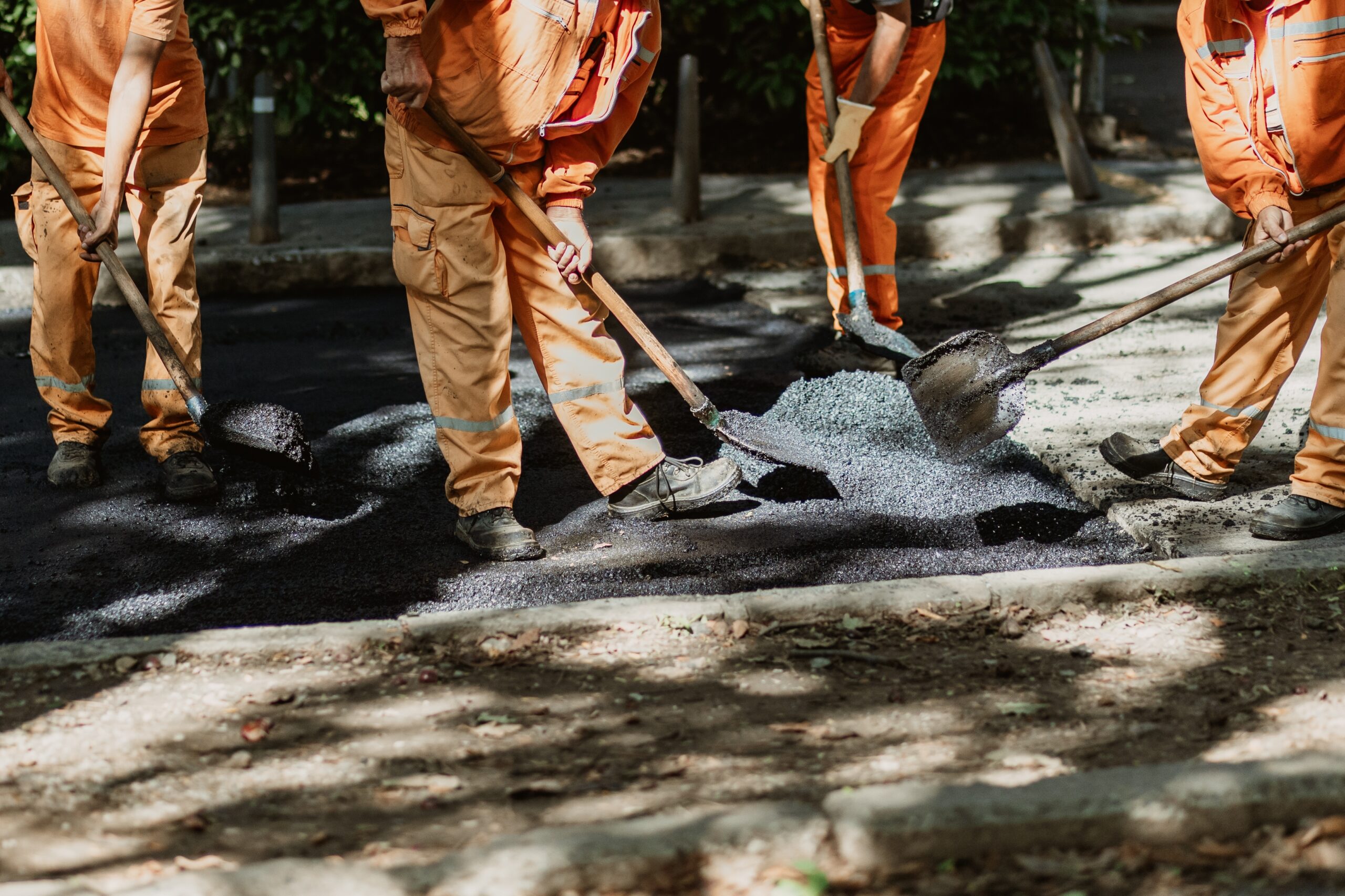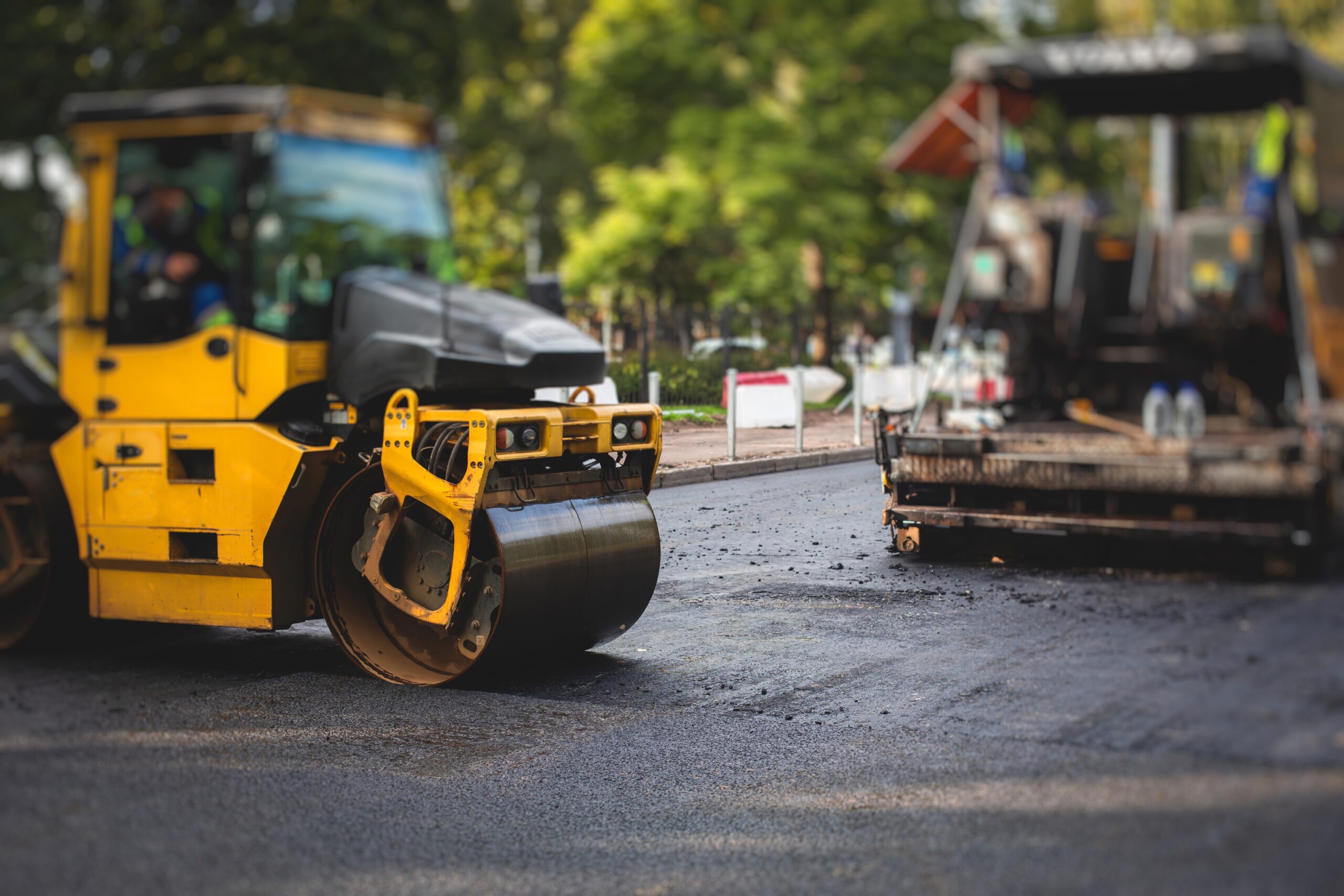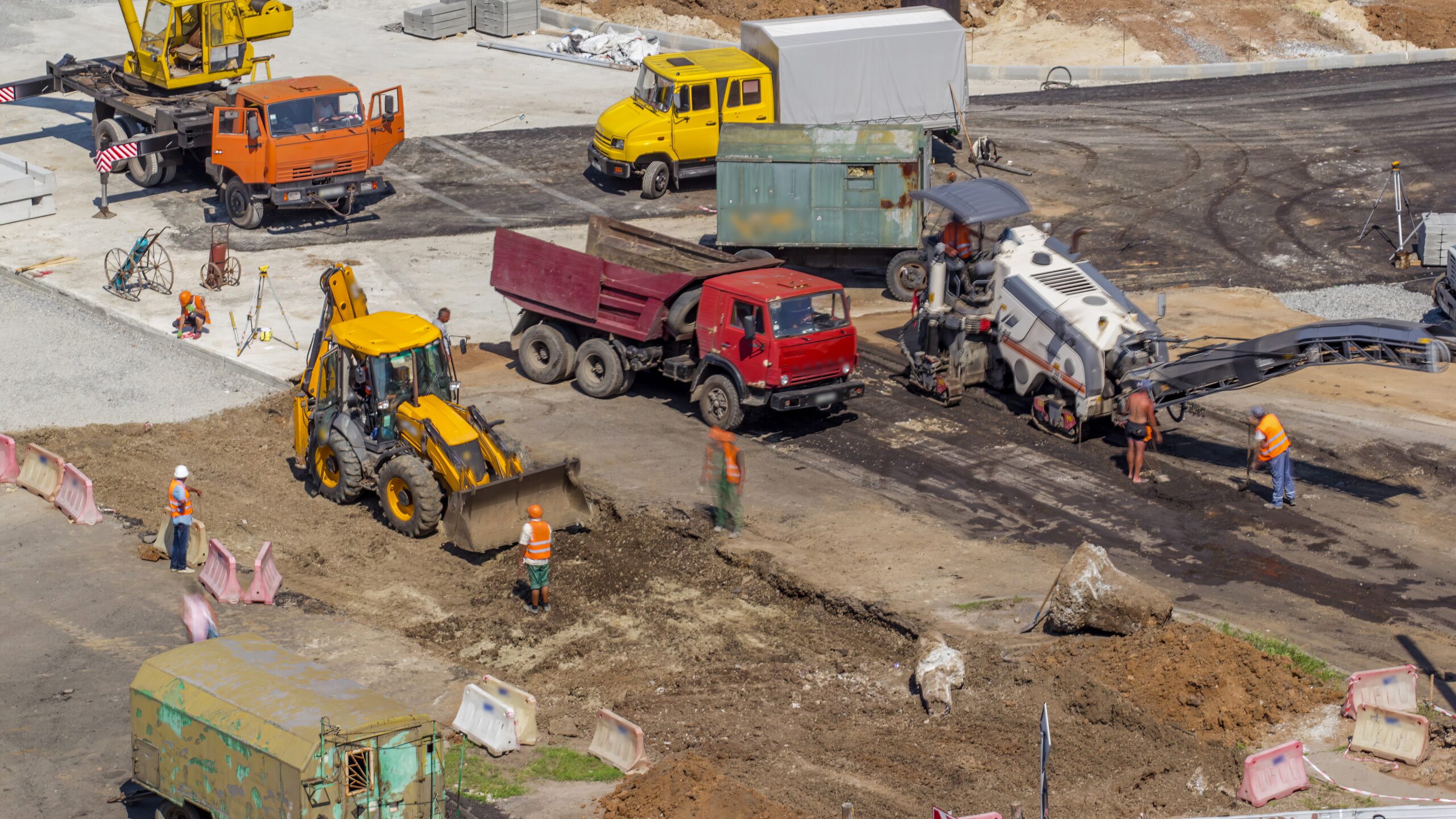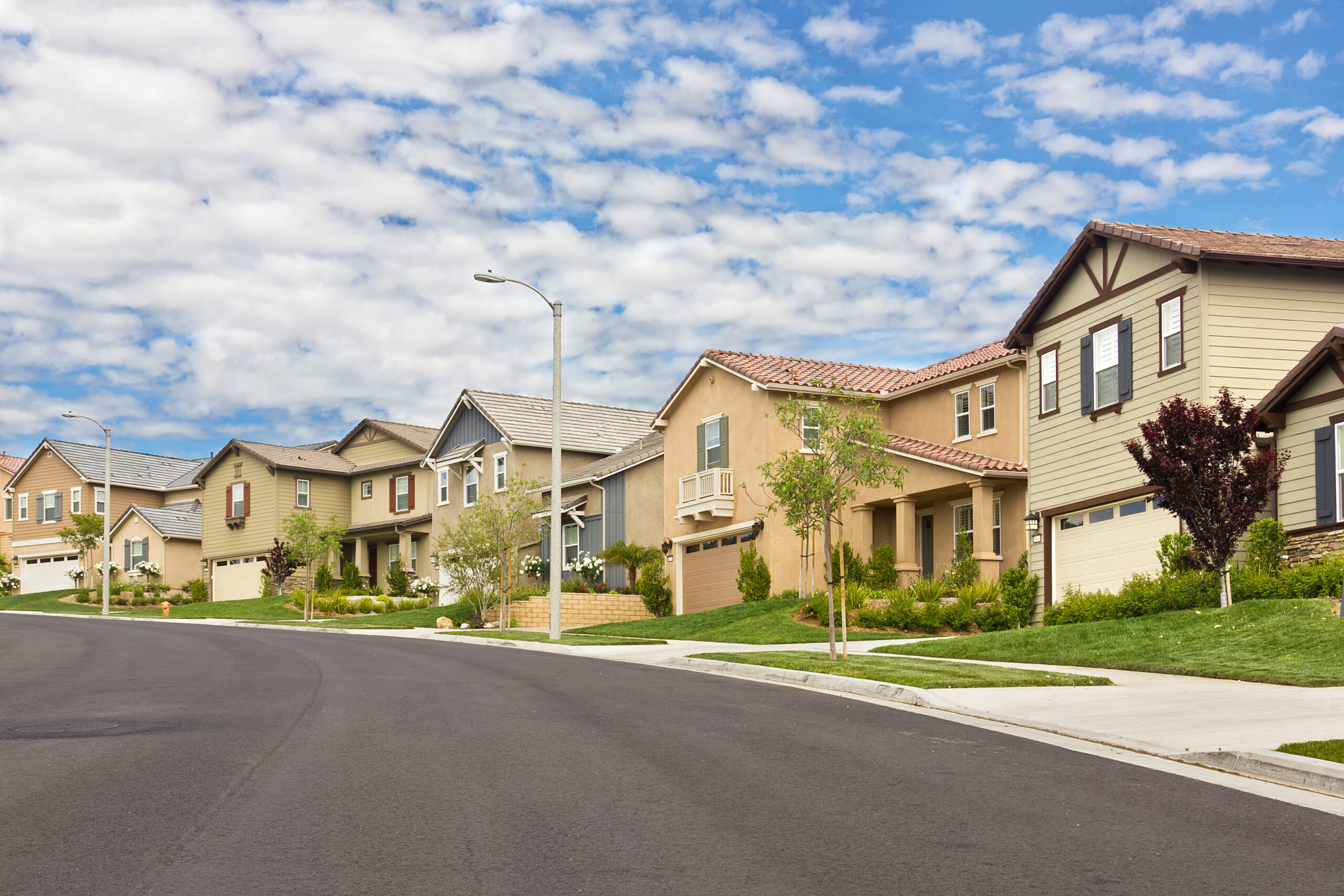
Tree-lined walkways bring shade, beauty, and charm to commercial properties, making them more inviting and boosting curb appeal. Yet beneath the surface, tree roots can slowly disrupt sidewalks, pushing upward and causing cracks or uneven slabs that compromise stability. Common sidewalk cracks and how to fix them highlight the risks, and sidewalks are more than cosmetic—they are vital for safety and accessibility, ensuring long-term compliance.
A survey of 18 California cities indicated that approximately $70.7 million (se $11.1 million) was spent annually statewide due to conflicts between street tree root growth and sidewalks, curbs and gutters, and street pavement. The largest single expenditure was for sidewalk repair ($23 million, se $9.5 million), followed by curb and gutter repair ($11.8 million, se $2.6 million), and trip and fall payments and legal staff time ($10.1 million, se $2.2 million).
When roots damage concrete, property managers face trip hazards, liability risks, and costly repairs. This article explores how tree roots affect sidewalk stability over time, what makes some walkways more vulnerable, and the best ways to spot problems early and invest in lasting solutions that protect both trees and walkways.
What Happens Under the Surface
Beneath every healthy tree lies a root system that is constantly seeking nutrients, water, and oxygen. While most property owners assume roots grow downward, the truth is that many tree roots spread outward and stay close to the surface. This shallow lateral growth is precisely what makes sidewalks vulnerable.
According to a review in Urban Ecosystems, the potential for conflict is especially high when factors like restricted soil volumes, shallow topsoil, and inadequate sidewalk foundations are present.
How Tree Roots Grow Beneath Sidewalks
Tree roots follow paths of least resistance, which often means extending just under the top layer of soil where oxygen and moisture are most available. When a sidewalk is poured over compacted soil or clay, the roots may find themselves competing for space. Over time, as roots thicken, they push upward against concrete slabs, causing them to lift or crack.
Soil Conditions That Make the Problem Worse
Soil composition plays a significant role in sidewalk stability. For example, clay soils expand and contract with moisture changes, increasing pressure on the concrete. Loose fill soils, often used during construction, can settle unevenly, creating voids where slabs shift as roots expand. In areas where the water table is high, roots naturally spread near the surface, accelerating the lifting process and leading to uneven concrete dangers in commercial properties
Why Sidewalks Eventually Crack or Lift
Tree roots do not pierce or shatter concrete directly. Instead, they slowly displace the soil beneath, reducing the ability of slabs to distribute weight evenly. Over time, this subtle upward pressure leads to cracks, uneven slabs, and visible displacement, making sidewalks unsafe.
What is the main reason tree roots damage sidewalks?
The biggest reason is shallow root growth combined with weak or shifting soil under the slab. Roots displace soil over time, and the concrete above eventually lifts or cracks.
What Makes Some Walkways More Prone to Damage
Not all sidewalks face the same level of risk. Some walkways crack within years of installation, while others remain stable for decades. Several factors contribute to the difference.
The Role of Tree Species in Sidewalk Damage
Certain tree species are notorious for their aggressive, shallow root systems. Poplars, willows, and silver maples, for example, are common culprits. These trees thrive in urban landscapes but spread their roots widely, often disrupting sidewalks in just a few years.
According to a 2018 study comparing two types of street trees, researchers found that Metasequoia (dawn redwood) caused significantly more sidewalk uplift and damage than Platanus (plane tree), directly illustrating how species choice impacts stability.
Planting Distance and Landscape Design
How close a tree is planted to a sidewalk has a direct impact on whether damage will occur. Ideally, trees should be planted far enough away to give roots room to grow without colliding with the landscape. In many commercial developments, however, space is limited, and trees end up too close to walkways, leading to long-term issues.
Poor Soil Preparation at Installation
Another overlooked factor is the quality of the soil preparation before the sidewalk was poured. Inadequate compaction, poor drainage, or insufficient soil depth can all create conditions that accelerate cracking. Without a strong base, sidewalks are much more vulnerable to even minor root movement.
Which trees are least likely to cause sidewalk problems?
Trees with deep, less aggressive roots, such as oaks, elms, and ginkgos, are generally safer choices near sidewalks compared to shallow-rooted species.
Table: Factors That Influence Sidewalk Damage
| Factor | Impact on Sidewalks | Example Scenario |
| Tree Species | Shallow roots cause quick disruption | Silver maple roots lifting sidewalk in 10 years |
| Planting Distance | Closer trees increase risk | Trees planted 2 ft from the walkway vs 10 ft |
| Soil Type & Compaction | A weak base allows slabs to shift | Loose fill settling under concrete |
| Drainage Conditions | Excess moisture attracts roots upward | Standing water near walkway edges |
Spotting Trouble Early
For property managers and commercial owners, catching the warning signs early is key to avoiding major repairs.
Common Signs of Root-Related Sidewalk Damage
Cracks are usually the first visible sign of trouble. As slabs shift, small hairline cracks appear and gradually widen. Lifted or uneven sections are another telltale signal, often creating dangerous trip hazards. In some cases, exposed roots become visible along the sidewalk edge. Water pooling near raised slabs is also a red flag since it points to poor drainage and soil displacement.
According to a 2018 study on urban tree root problems, this progression of damage can be categorized in stages: starting with slight cracks, escalating to roots appearing on the surface, and finally resulting in bends that create hazards for pedestrians.
Why Early Detection Matters
The longer a problem goes unaddressed, the more expensive it becomes to repair. What begins as a single raised slab can eventually compromise an entire stretch of sidewalk. For property managers, this translates to higher repair costs and potential liability if an injury occurs.
Proactive Inspection Checklist
- Look for cracks, especially those widening over time.
- Identify uneven slabs or lifted corners
- Check for pooling water after rain
- Watch for moss or plant growth in cracks
- Inspect for exposed roots along sidewalk edges
How can I tell if a crack is caused by roots or normal wear?
Cracks linked to roots are often uneven, lifting one side of the slab higher than the other, while normal wear usually shows as flat, hairline cracks without heaving.
Quick Fixes That Don’t Fix the Problem

When sidewalk problems appear, many property owners look for the cheapest or fastest fix. While some solutions provide temporary relief, they rarely solve the underlying problem.
Grinding and Patching
Grinding raised slabs or patching cracks with filler can make sidewalks smoother for a time, but the root pressure underneath continues. Soon, the same issues resurface, often worse than before.
Mudjacking and Slab Adjustment
Mudjacking involves pumping material beneath slabs to level them. While this works in some cases, it does not stop root growth and can destabilize the tree if done improperly.
Cutting Roots: A Risky Move
Some attempt to cut back tree roots pushing against sidewalks. While this may buy short-term relief, it comes with serious risks. The persistence of root systems often undermines such efforts.
According to a study in the Journal of Arboriculture, roots can escape engineered barriers and grow upwards, demonstrating that simply cutting them offers no long-term guarantee. Cutting structural roots can also destabilize the tree, creating a safety hazard or even killing it.
Why shouldn’t I just grind or patch my sidewalk if roots are causing damage?
Grinding and patching only smooth the surface temporarily, but the roots beneath continue to grow and shift the soil. Within a short time, the same cracks or lifted slabs usually return, often worse than before.
Smart, Long-Term Solutions
The best approach is one that balances the health of the tree with the stability of the sidewalk. With proper planning and professional expertise, property owners can achieve both.
Prevention at Installation
The most cost-effective solution begins with proper planning. Choosing the right tree species, planting them at the correct distance, and preparing the soil thoroughly ensures fewer issues down the road.
Engineering Fixes That Work
Root barriers, structural soil, and root bridging systems are engineering solutions that guide roots away from sidewalks without harming trees.
According to a 1995 study in the Arboricultural Journal, several types of root barriers tested in field experiments successfully inhibited the development of shallow tree roots. Sidewalk upgrades like structural soil blends allow roots to grow while maintaining soil stability, while root barriers prevent lateral spread toward hardscape and reduce concrete repair needs
Design Alternatives
Flexible pavers, tree grates, and rerouted sidewalks are design-based solutions that adapt to natural root growth. These approaches are often ideal in urban or commercial settings where trees are highly valued for shade and aesthetics.
What is the most effective long-term solution for tree root sidewalk damage?
The best long-term solution combines preventive planning and engineering fixes, such as installing root barriers, using structural soil, or replacing rigid concrete with flexible pavers. These approaches manage root growth while keeping sidewalks stable and safe for decades.
When and Why to Bring in Asphalt Coatings Company
While basic inspection can be done by property managers, professional evaluation is essential when sidewalks show signs of root-related damage. Asphalt Coatings Company specializes in assessing soil conditions, subgrade stability, and drainage issues that directly impact sidewalk performance.
Professional Evaluation and Repair
Our team uses durable concrete mixes designed for commercial use, ensuring sidewalks can withstand environmental pressures for years. We also implement solutions tailored to the property, whether that involves installing root barriers, replacing slabs, or upgrading drainage systems.
Protecting Your Property’s Value
Sidewalk maintenance is not just about safety; it is also about protecting the overall investment in your property. Well-maintained sidewalks improve safety, enhance curb appeal, reduce liability risks, and create a welcoming environment for tenants, customers, and visitors through thoughtful sidewalk upgrades.
FAQs About Tree Roots and Sidewalk Stability
Do all tree species cause sidewalk damage?
No. Many trees have deep root systems that are less likely to affect sidewalks. The problem is most common with species that have aggressive, shallow roots.
Can sidewalks be built to resist tree root pressure?
Yes. With proper soil preparation, root barriers, and durable concrete mixes, sidewalks can be built to better withstand root pressure over time.
How often should property managers inspect sidewalks?
At least twice a year. Spring and fall are ideal times to look for cracks, uneven slabs, or drainage issues before seasonal weather makes them worse.
Is it better to replace a sidewalk or repair it when roots are involved?
It depends on the severity of the damage. Minor issues may be repaired, but if the root system has caused significant displacement, replacement with preventive measures is often the smarter investment.
Will cutting down the tree solve the problem?
Not always. Even if the tree is removed, its roots may continue to shift soil for years. Professional evaluation is necessary to determine whether the sidewalk and soil need additional repair.
Keeping Sidewalks Safe and Stable for Years to Come
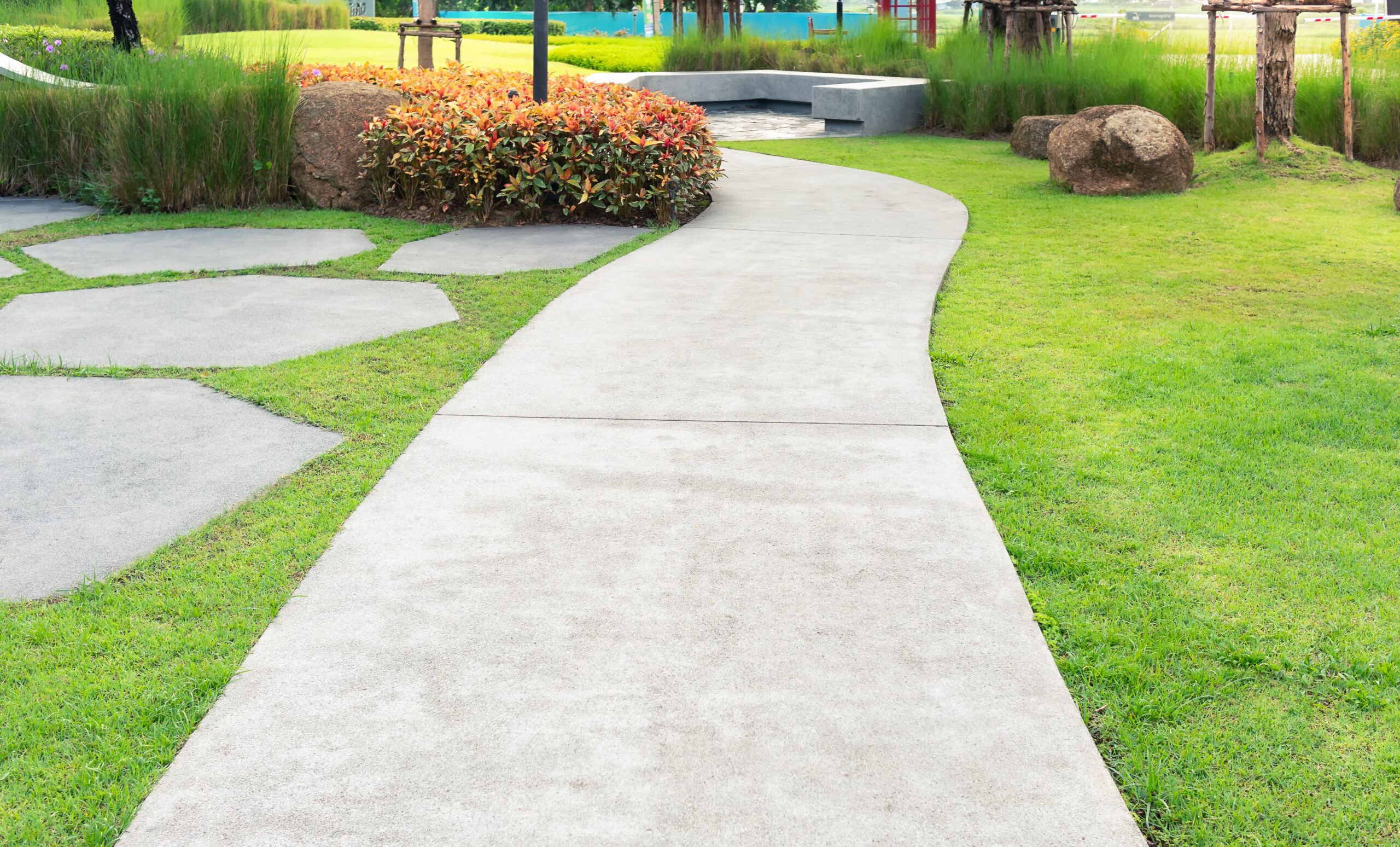
Tree roots add beauty and shade to commercial properties, but they also present long-term challenges for sidewalks. For property managers, ignoring these issues can create unsafe conditions, increase liability, and lower property value. By spotting early signs, avoiding temporary fixes, and choosing smart long-term solutions, you can protect both your trees and your walkways.
If your property is showing signs of root-related sidewalk damage, now is the time to act. Contact Asphalt Coatings Company today to schedule a professional evaluation and explore lasting solutions that keep your sidewalks safe, stable, and attractive for years to come.

